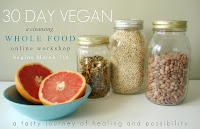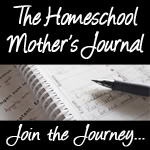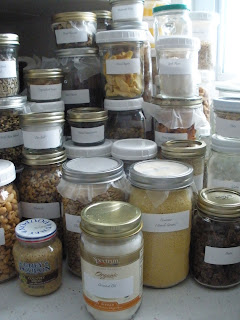On 5 Kids and a Dog, there’s a series called the ABCs of Homeschooling. This week’s letter is “Q.”
For over four years, Sophia and Olivia have been learning how to quilt. They started hand-sewing a bit before machine-sewing to get comfortable with a thread, needle, and fabric.
One of the first projects that the girls did was a simple patchwork quilt. They picked fabric from what I had on hand (a lesson in itself of resourcefulness and making do).
For some of their first sewing projects, they traced squares onto the back/wrong side of the fabric and then cut them out. They moved onto measuring and marking lines on the fabric. Sophia now can use a rotary cutter to cut fabric.
One of Olivia’s favorite quilts that she made was one using fabric she found at a quilting store in Pella, Iowa. The girls, my parents, and I traveled to Pella in the spring to see the tulips. There was a wonderful quilting store right off the main square.
Olivia liked a printed fabric with dogs on it. From that pattern, she picked several other fabrics to coordinate with it. She cut, arranged, and sewed all the pieces together to create her quilt.
Olivia entered her quilt in the county fair in the youth open class division. She was competing with children up to the age of 16 years old in her category.
She won first prize… a blue ribbon (there are only 6 ribbons – 1st through 6th place – awarded in a category). Needless to say, she was thrilled!
For 2010, at 7 years old, she wanted to challenge herself to do something different. She looked with me at pictures of quilts on Flickr and saw one that she liked. It was a circular quilt made from a variety of fabrics.
The quilt she saw was done in rainbow colors with a white center. Olivia wanted to do hers in all blue fabrics with a white center. Since there was no pattern, we had to create a pattern for the blue pieces and center white piece.
Olivia chose a variety of textures also for the blue pieces which posed a bit of a challenge since each had a different “pull” to it. She had to try sewing different types of fabric together which was a good skill to learn.
Another skill she learned was doing free-style quilting. On the white fabric, she moved her presser foot around in a random pattern to secure the top, batting, and backing together.
Sophia started making quilts in 2006 (when she was 5 years old) and did a simple doll-size patchwork quilt from a kit she received for Christmas. The nice thing about the kit was that the squares were already cut for her. She simply had to sew them together and then create the quilt.
Once she learned how to do that she wanted to create another quilt using fabric that she picked out from what I had on hand. She used the same method as I used with Olivia (tracing of the shape on the fabric and then cutting it out).
By 2008, she was enjoying quilting so her grandma gave her a quilting kit in her favorite color: pink. The kit came with the fabric and pattern, but Sophia had to cut each piece for the quilt.
The fabric was a variety of textures – cotton, satin, and minky. It was delightful to feel (from a sensory perspective). In terms of sewing…a bit more challenging, especially for a beginner quilter.
She patiently worked on the quilt and was so pleased with how it turned out. She used the quilt and enjoyed how it felt with the different textures.
By the following year, Sophia set a goal of making a quilt for her bed. She wanted a quilt in colors that she liked. We checked out some books from the library and she found a pattern that she liked. After a visit to the fabric store, she was ready to start making her quilt.
She was happy with how her quilt turned out; and has used it on her bed since she made it.
She entered the quilt in county fair and received a red ribbon on it (second place). At 8 years old, she was in the category with children up to 16 years old.
When Sophia was 9 years old, she tried a different form of quilting. Her grandma gave her a pre-printed image on fabric. Sophia quilted around different parts of it to give it texture and definition. She added sequins and beads to embellish it, and then finished off the quilt.
She entered it into the county fair for one of her 4-H needlework projects. In 4-H, the children talk with a judge who asks them questions about their project and determines how much they understand about their project area. Sophia received a blue ribbon for her project which made her happy.
During the 2010-2011 homeschool year, Sophia took a sewing class at the homeschool co-op. One of the projects she worked on was learning quilting patterns. During the spring, she learned six new patterns. She chose to sew the squares together to make a little lap or doll quilt.
Quilting has been an important part of homeschooling for the girls. In addition to art/creative expression, quilting helps with math and reading. I’ve also integrated geography and history when doing some of the quilts.
With a back-to-homeschool trip to New England in September to celebrate the start of a multi-year/multi-disciplinary geography study, the girls are excited to visit a quilt shop in New Hampshire that has over 5,000 bolts of fabric.
They each want to pick some fabric so they can make a quilt when they return home. Having a tangible reminder of this special time together is something that I hope they look back on with good memories in years to come.














































































